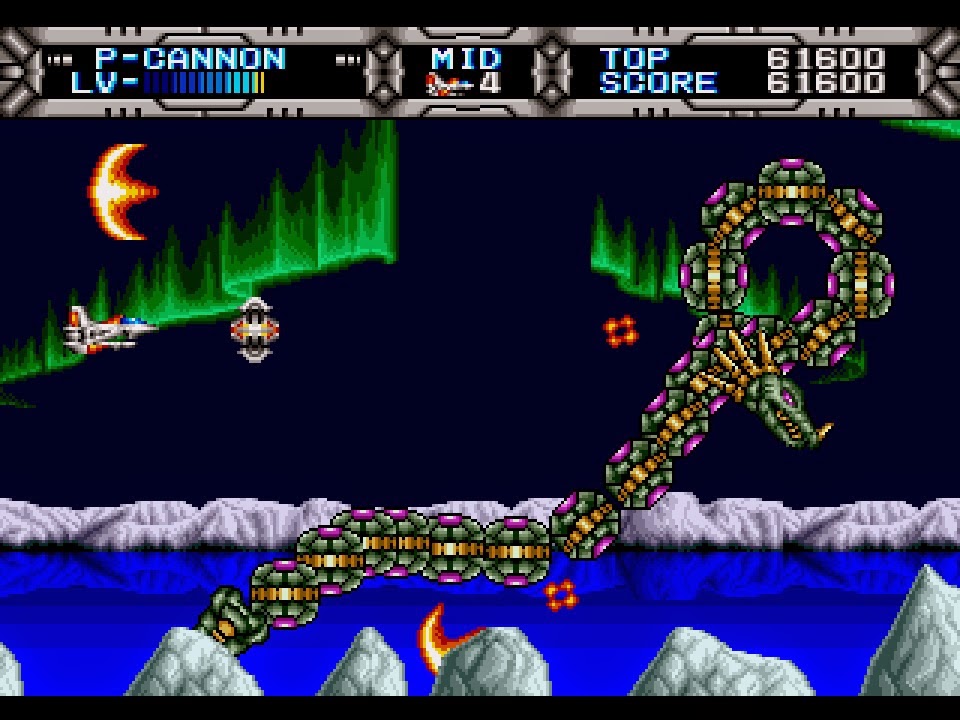Ivan ‘Ironman’
Stewart’s Super Off Road is another game I loved in the arcades and purchased as soon as it
became available on my Atari ST rips off borrows a lot of the
look, gameplay and features from the Sprint series of overhead racers.
Home conversions of Ivan
‘Ironman’ Stewart’s Super Off Road started appearing in 1990. It was released on the major handhelds,
consoles and computers of the time. On
my shortlist I had versions for the Atari ST, Commodore Amiga, NES, SNES, Sega
Mega Drive and Sega Master System.
The SNES, Master System and Mega Drive
As you can see, Ivan
‘Ironman’ Stewart’s Super Off Road is a top down racer. The game plays much like Super Sprint but at a slower pace.
The race cars have been replaced by off-road trucks and the racetrack
has been replaced with a dirt track.
Various obstacles such as ramps, water splashes and hillocks are there
to throw your car off course. The game
is played over a series of 99 races around 8 different circuits.
Each race lasts for four laps and the goal is beat Ivan who
drives the grey AI car. Finishing behind
the grey car results in game over, although you do have couple of credits to
allow you to continue. During the race,
power ups in the form of nitro cylinders occasionally appear and can be picked up by
driving over them. Nitro gives your car
a speed boost (or at times pushes one of your opponents backwards) at the press of the fire button.
Money can also be picked up which supplements the prize money you
receive by finishing on the podium.
Prize money can be used in the Speed Shop to upgrade your car between races. Upgrades include
acceleration, top speed, tyres, shocks and more nitro. The extra credits you receive can also be
converted into cash to buy more upgrades instead of being used as a continue.
Like all these types of games they really come to into their own when playing against a couple of friends. One person can use the second joystick while another can use the keyboard. The keyboard controls are not much of a disadvantage as the joystick controls can be a little awkward. The sole fire button is used for the nitro and pushing forward accelerates the car, meaning the joystick has to be held forward for practically the whole race. There is no brake.
I do like these overhead race games and Ivan ‘Ironman’ Stewart’s Super Off Road is no exception. The Amiga does a reasonable job of
replicating the arcade graphics, if not the sound. It can be limited as single player game but
really comes to life with one or two friends around the same TV. This is something unfortunately missing in
modern gaming.



























